Why is Declawing Cats Such A Controversial Practice?
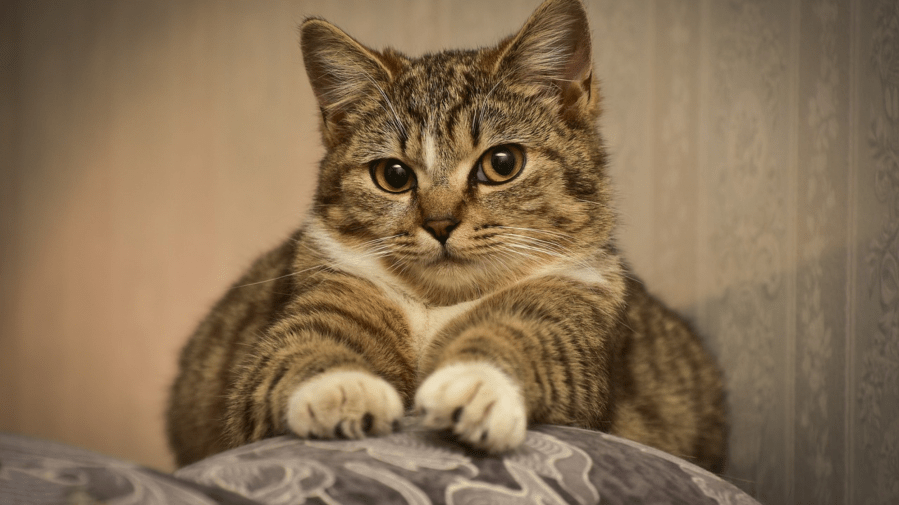
Declawing permanently removes a cat’s ability to use its claws. This procedure can have long-lasting and painful consequences that will do more harm than good for the animal. Is declawing cats illegal? It is for some states and cities in the US. The state of Maryland and New York have both banned the declawing of cats. It’s also illegal in several cities throughout the country, and California is considering a ban on declawing cats in most cases.
Most cat owners are unaware of how dangerous and harmful declawing is. In response to cats scratching owners and visitors in a home, some people have gotten their cats declawed. Declawing a cat not only causes psychological harm, but it could mean years of pain and suffering for your feline companion. Before considering this procedure, the first step is to learn about what it does to a cat, both temporarily and permanently.
Botched Surgery
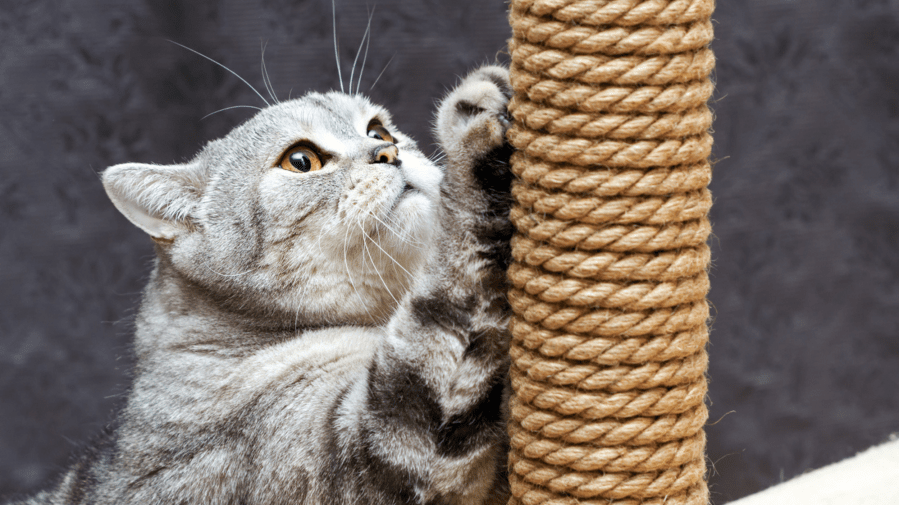
When people consider declawing a cat, what procedure are they referring to? It’s the removal of the cat’s claws, as well as some tendons. It depends on the procedure performed. One is the onychectomy, which removes the claw, along with the nail and all or part of the last bone of the toe. A tendonectomy removes the flexor tendons. This means the cat cannot extend their claws.
In some cases, a declawing procedure can go wrong. The procedure is performed using either laser, scalpel or a special type of nail trimmer called a “guillotine clipper.” If the clippers aren’t sharp enough, the cat could be left with shattered bones in its feet. Conversely, the veterinarian performing the procedure may cut away too much, which can lead to infection.
Difficulty Walking
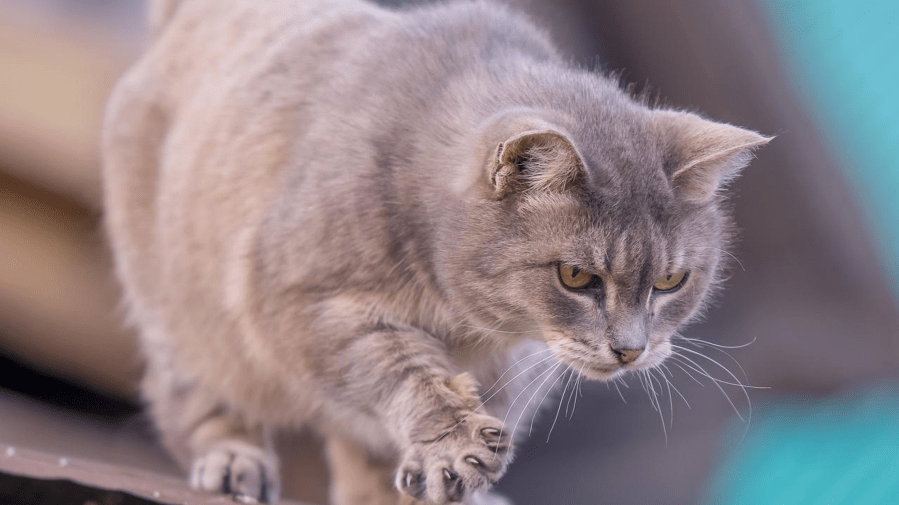
Why is declawing cats bad? Declawing a cat is similar to cutting off the tip of a human finger at the last knuckle. If you can understand how inconvenient that would be for you, you can imagine why declawing is bad. Declawing means a cat has to learn how to walk all over again because its paws are now mutilated.
Not only will walking become difficult for the animal, but the new form of walking they adapt to will change their posture. It will appear as if they are limping. This will cause back pain since they have to bend lower. This can also lead to premature arthritis, as well as bone spurs. Some declawed cats have eventually become lame.
Physical Pain
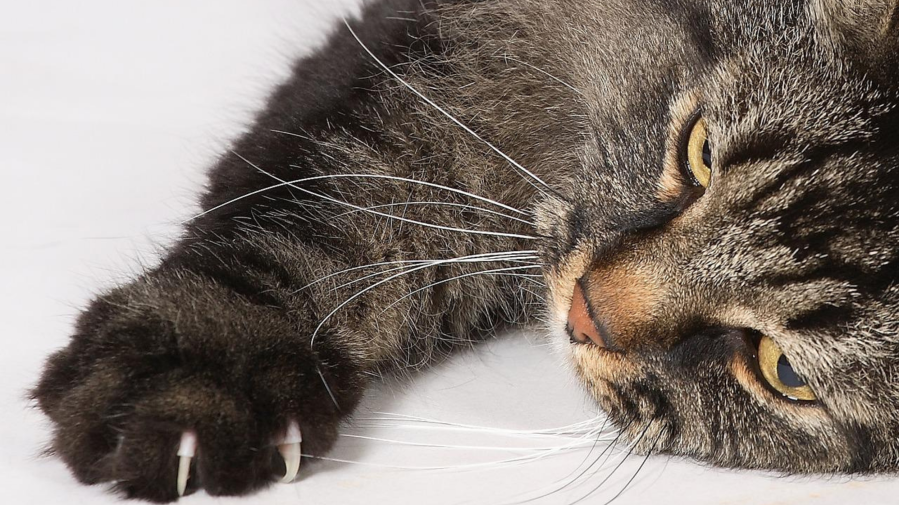
According to several reports, most cats who endured a declawing procedure woke up to intense paw pain. For some of these felines, this pain never went away. The pain is worsened when they try to walk, as well as attempt to use their litter box. The kitty litter can make their sensitive paws hurt worse and infect open wounds.
The declawing of a cat can also cause damage to the radial nerve. Declawing involves cutting claws, bones, tendons and nerves. If the severed nerve ends grow back abnormally, it will cause intense pain to the cat’s toes. Claws left behind may also grow back abnormally, causing further pain for the cat. Shoulder pain is another common physical side effect.
Behavioral Issues
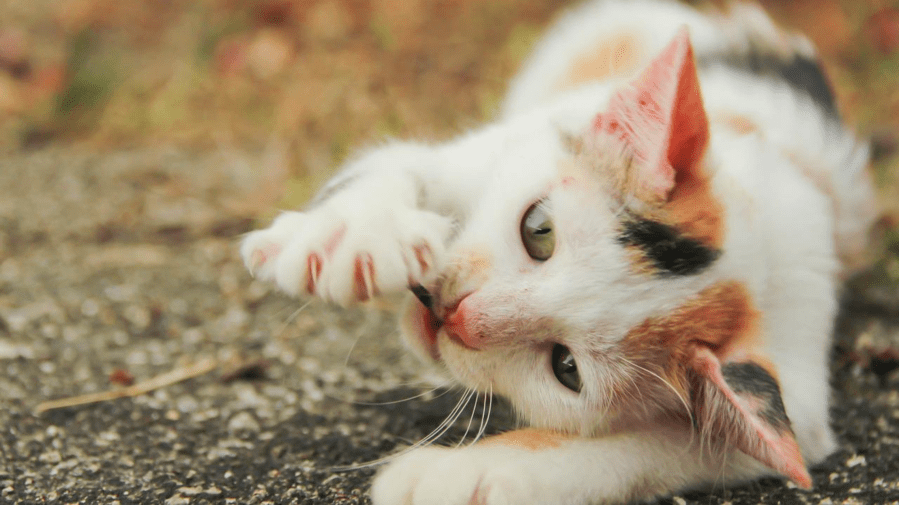
Declawing cats has often resulted in negative behavioral issues post-op. Most declawed cats have exhibited signs of depression, withdrawal into isolation, as well as being less active. Stress is also common. Declawed cats will show stress by excessively barbering their fur. Because they cannot defend themselves against other cats on the streets, they should be kept inside at all times.
One important behavioral issue to take note of with a cat that has been declawed is aggression. Without claws to defend themselves, the animal may resort to biting. Many veterinarians and groomers have reported seeing more irritability and difficulty in attempting to handle cats that have been declawed. Such cats have also been known to urinate outside of the litter box.
Official Statement on Declawing by the ASPCA
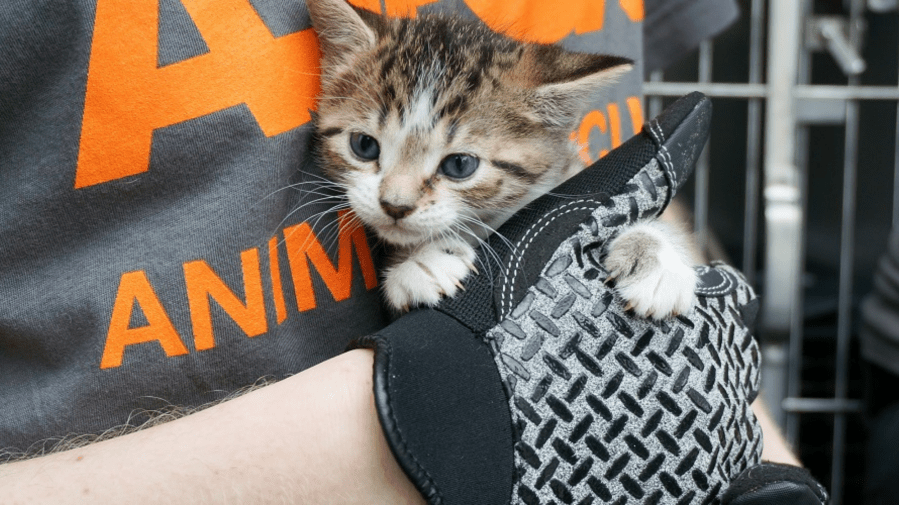
For the most part, a majority of veterinarians oppose the declawing of cats. Some deem it a form of abuse. The American Society for the Prevention of Cruelty to Animals (ASPCA) released an official statement on this controversial procedure, stating they are “strongly opposed to declawing cats for the convenience of their owners or to prevent damage to household property.”
It further states that because declawing “has not been proven an effective method for improving other behavioral issues … it should never be used as a behavioral remedy or as a preventative measure.” Declawing’s an option if “all behavioral and environmental alternatives have been fully explored, have proven to be ineffective, and the cat is at grave risk of euthanasia.”
Alternatives to Declawing
Thankfully, there are nonsurgical alternatives to declawing. One such popular alternative is plastic claw caps. These are available online and in pet stores. The cat’s claws are covered with plastic caps to reduce scratching. These items can be fitted to your cat’s paws either at home or with a veterinarian’s help. The caps will need to be replaced every few weeks and are available in many styles.
Other alternatives are to place scratch posts around your home and spray furniture with a no-scratch spray. Place rubber mats in areas where your kitty can freely scratch on them. Weekly nail trimming keeps claws from causing too much damage. Finally, redirecting your cat from scratching will ensure that everyone, human and feline, is all able to happily exist together.





